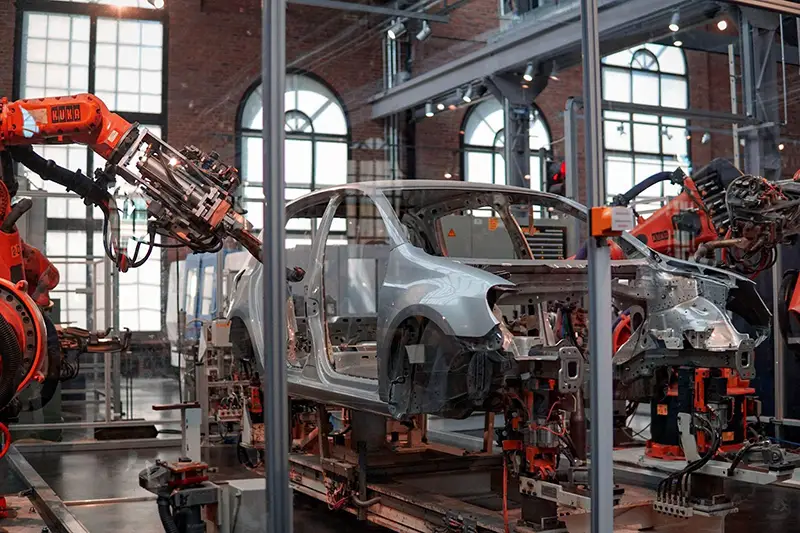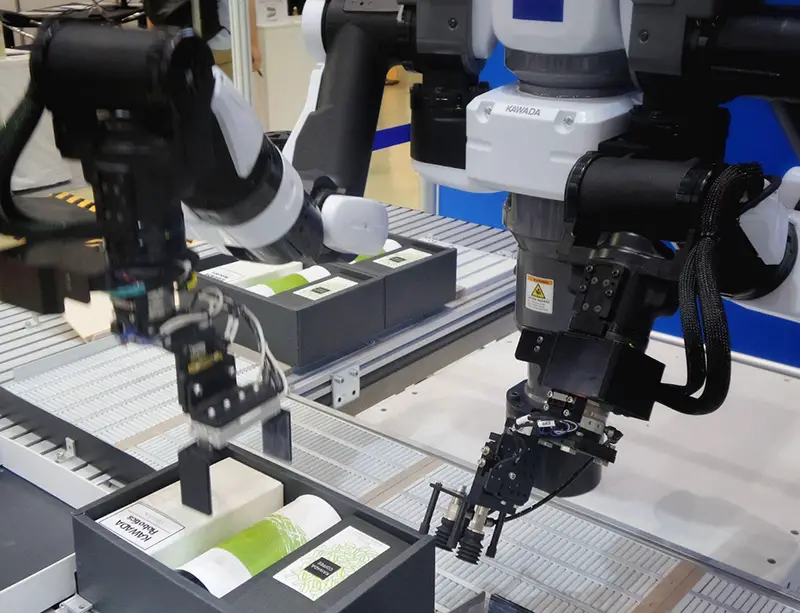Click here to get this post in PDF
Over the past few years, global warming and climate change have become critical topics dominating all conversation areas. In all aspects of business, pursuing eco-friendly options and alternatives has become necessary to contribute positively to the environment and remain in good favor with consumers.
Whether you find yourself in the world of packaging, technology, or mass production, switching your manufacturing operations to be kinder to the environment is an important and relatively straightforward step you need to take.
Implementing Renewable Energy
Renewable energy is an effective and lasting way of creating sustainable operations. There are multiple options to choose from, including solar, wind, water, and geothermal, to name a few.
Not only is renewable energy vital to creating a manufacturing world that is more sustainable, but it is also cheaper than natural resources, giving you much-needed financial savings. In many countries, the government provides financial bonuses to companies that switch operations to be more eco-friendly.
Since it’s generated using natural resources, as mentioned above, it’s replenished faster than consumed. It allows big companies to avoid importing energy and bypasses the process of destroying nature to access gas, oil, or non-renewable minerals. Finally, it improves public health.
Recycling Waste
While some waste materials can cause serious health issues and cannot be recycled, plenty of common materials used throughout manufacturing can and should be recycled. It will effectively and noticeably reduce overall waste while contributing to recycling.
For example, old paper and cardboard can be turned into new packaging, while excess glass waste can be upcycled into glass storage containers.
Additional benefits to recycling include less waste in landfills, reduced reliance on natural resources, reduced costs by using more domestically sourced materials, and job creation in the recycling sector.
Smart Manufacturing Software
Another important consideration for all manufacturing companies is updating software. It employs green business practices effectively and allows a smoother transition into ‘thinking’ more green about a business.
Nowadays, the software is specifically created to reduce the carbon footprint of a factory by making its entire functioning process as eco-friendly as possible. There are two main programs to follow.
The first program is called the Smart Auto Booking Engine, also known as Katana. This clever automatic machine allocates all available stock needed to produce certain items. It reads the orders waiting in the production line and shows precisely what is required to create specific items, avoiding excess materials that would likely need to be disposed of.
The second program is stock management. Raw material is essential in every manufacturing plant, and this system keeps a constant tally of all potential deadstock. Additionally, it will tell you which materials you use most often and need to reorder frequently.
Reassess Carbon Footprint
To have an effective plan to reduce your waste and impact on the environment, you need to be aware of how significant your impact is to begin with. It is only possible to know how much you need to change if you have something to compare your changes to.
Assessing your energy usage, waste production, and overall business practices are good places to start. Additionally, consider how much water is being used and wasted during your production process and look into working with your local water company for ways to implement a more water-wise approach.
Furthermore, review the materials you use—research ways to recycle excess materials better and explore possibilities of incorporating recycled items into the manufacturing process.
This task is a lengthy undertaking. But the rewards that will be gained from working towards a greener business will outweigh any hardships getting there.
Update Machinery & Equipment
Regardless of the current status of machinery in your factory, updated technology will actively reduce wastage. This is primarily due to the fact that older machines consume more energy than modern technology, as the newer options are designed to have less of an effect on the environment.
Updating your machines will directly lead to you reducing your overall energy usage, increasing productivity, and purchasing machines with approved EPMS or electric power management systems are better for the environment.
Updating all the machines in your manufacturing company can and will likely be costly. For this reason, look to divide the process into steps. Focus on upgrading your most used machines first, as this will be where you save the most on moving forward. Then, move through the stages in an economical fashion that fits your budget best.
Eco-Friendly Partners
The majority of manufacturing plants source their raw materials from other companies and sources. These companies may also provide the packaging for your products and the machinery used to create them. With such extensive involvement in your business operations, ensuring you work closely with green companies is essential to reducing your own waste.
It will allow you to follow your green measures more efficiently, as you won’t need to make adjustments to suit their practices. In addition, you can actively work towards and promote environmental conservation in your surroundings.
Infographic provided by Solvents Company, Ultra Degreaser provider
You may also like:
The Hallmark of a Sustainable Corporation: Building a Business for the Future
How marking and coding improvements can deliver more sustainable packaging
Image source: Unsplash.com



